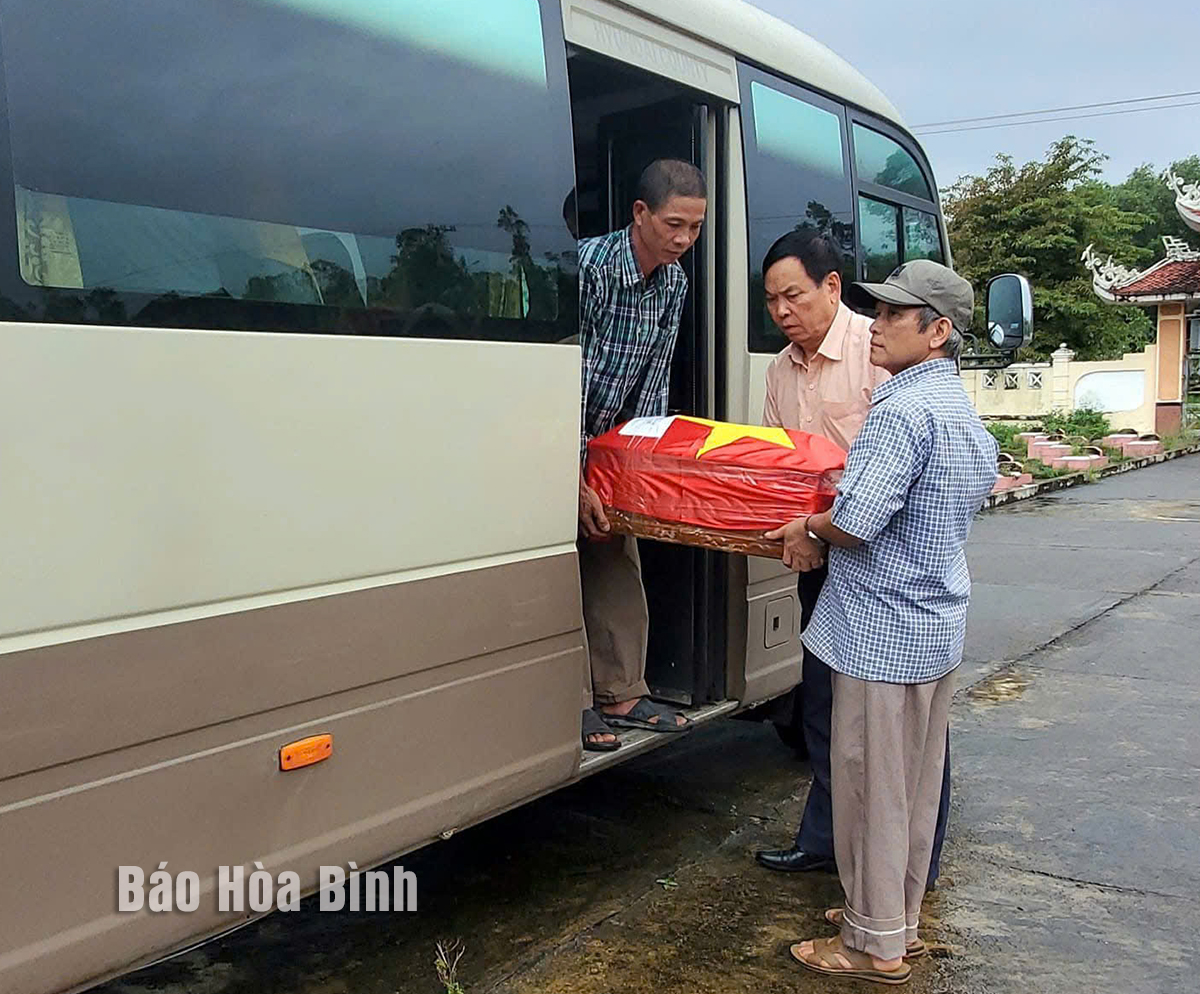
Mr. Nguyen Tien Loi personally brought the remains of martyr Bui Van Chon from the My Chau - My Duc inter-commune martyrs cemetery, Phu My district, Binh Dinh province back to his hometown.
Pain separates the journey of perseverance
In 2014, after 40 years of working in the police force, Mr. Nguyen Tien Loi retired. Relatives and friends told him to rest and enjoy his old age. Yet less than a year later, he began a new journey - for two names that have no graves.
Mr. Loi's two brothers-in-law were both martyrs, sacrificed on the southern battlefield. The family only had death certificates left. Worried for many years, he searched through all the electronic search systems, then went to the Central Highlands and the Southeast himself, turned over old military maps, and visited every cemetery. On his journey to find his relatives, he encountered hundreds of anonymous graves, many of which simply stated their hometown: Ha Son Binh.
"I kept feeling uneasy. So many people like that, lying here for decades without anyone calling their names. If we've come here, why don't we find them?" - Mr. Loi said, his voice dropping.
From then on, the journey to find the graves of his relatives turned into a mission to find names for many others. He learned how to read martyrs' records, organize his own data, compare information on death certificates and tombstones, learn how to fill out applications, and consult on procedures. And he began to follow the thinnest threads of memory, with a simple belief: who knows, maybe one day, a relative will read the name he just found.
In recent years, thanks to advances in digital technology, searching for information about martyrs has become more accessible through two electronic data portals of the Ministry of National Defense and the Ministry of Labor, Invalids and Social Affairs (now the Ministry of Home Affairs). However, Mr. Loi realized a sad reality: machines can store information, but cannot connect memories. Fragmented data, incorrect names, places of sacrifice, etc., have left many relatives stuck between two inconsistent sources of information.
"Sometimes just one wrong letter in the name cannot be confirmed. But a soldier who did not spare his blood and bones for the Fatherland deserves to be called by his correct name," he confided.
The journey is more difficult than smooth
People called him "The Needle Finder", not because he held a compass or a map, but because his job was as difficult as finding a needle in a haystack.
Wandering through hundreds of martyrs’ cemeteries from North to South, at each place he visited, he followed the names, ages, hometowns, dates of death… to compare with death certificates, family records and data on the system. There were many times when Mr. Nguyen Tien Loi and his companions had a glimmer of hope, then became disappointed because the information of the martyrs provided by relatives did not match the information on the graves.
"If one word is wrong, it cannot be recognized. I have to find more death certificates, death certificates, information from the cemetery - everything has to match absolutely to be recognized" - he said.
At that time, Mr. Loi and his teammates followed the names of the martyrs' parents to compare, asked for a certificate of the place of death, combined with the certificate from the martyrs' cemetery and the death certificate kept by the family to return the correct name to the deceased. There were cases where it took him up to four years to clarify the identity of the martyr.
Over the past 10 years, he has received more than 800 search requests from relatives of martyrs, directly going to 13 communes with many martyrs to advise 376 families. He read thousands of records, compared each death certificate, looked up each line of data and discovered 246 graves with incorrect information. Of these, he returned the correct names and hometowns to 187 martyrs. Not stopping there, Mr. Loi also supported DNA testing procedures for many special cases. There were 9 cases that he supported with testing request procedures and so far, 3 of them have matched.
The "needle seeker" is diligent and silent.
Mr. Nguyen Van Son in Phuong Lam ward, Hoa Binh city is one of hundreds of families that have been supported by "The Needle Finder" to find martyrs' graves. He shared: Mr. Loi not only helps to search for information, but also enthusiastically advises on procedures, petitions, and helps to contact the grassroots to resolve procedures for martyrs' relatives to soon bring their fathers' remains back to their homeland.
Mr. Nguyen Tien Loi is not on the payroll of the policy agency, nor does he receive any remuneration for the work he is doing. For the past ten years, he has been traveling with his own money, printing documents, researching, and studying law. Sometimes he even quietly calls on philanthropists and businesses in the province to support the cost of a trip to bring the remains back to his hometown. "Some people ask me why I don't charge a fee. But if I do, what I am doing is no longer right. I do this to repay a favor, not to receive a favor," he shared.
His social media account is called "The Needle Finder" - a name that is both humorous and honest. His personal social media page is often used to post information about graves that have not been claimed by relatives, sowing hope, even if it is very rare, for reunions after many decades. He just sits quietly at his computer every day, goes to the cemetery every month and knocks on the doors of relatives' families whenever he needs to confirm another trace. For ten years, he has lived between two worlds - between those who have passed away and those who are still waiting for their loved ones to return.
Thao Uyen
Source: https://baohoabinh.com.vn/274/200769/Dam-dai-tim-ten-nguoi-nam-xuong-vi-To-quoc.htm



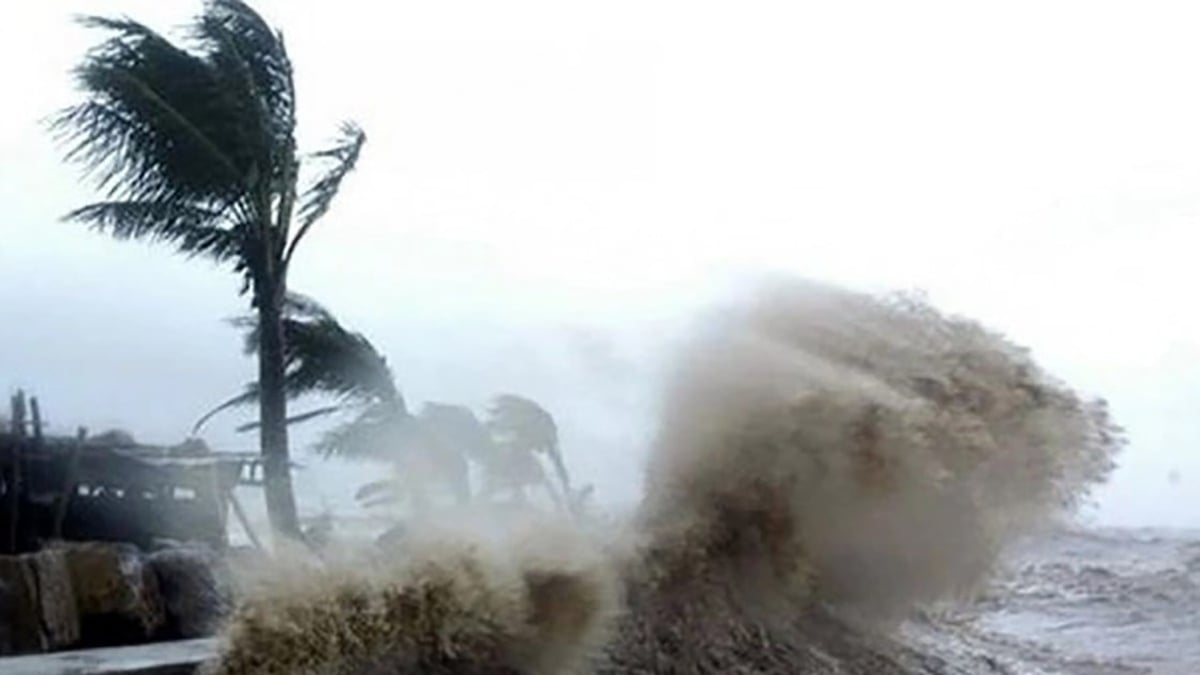
![[Video] More than 100 universities announce tuition fees for the 2025–2026 academic year](https://vphoto.vietnam.vn/thumb/1200x675/vietnam/resource/IMAGE/2025/7/18/7eacdc721552429494cf919b3a65b42e)



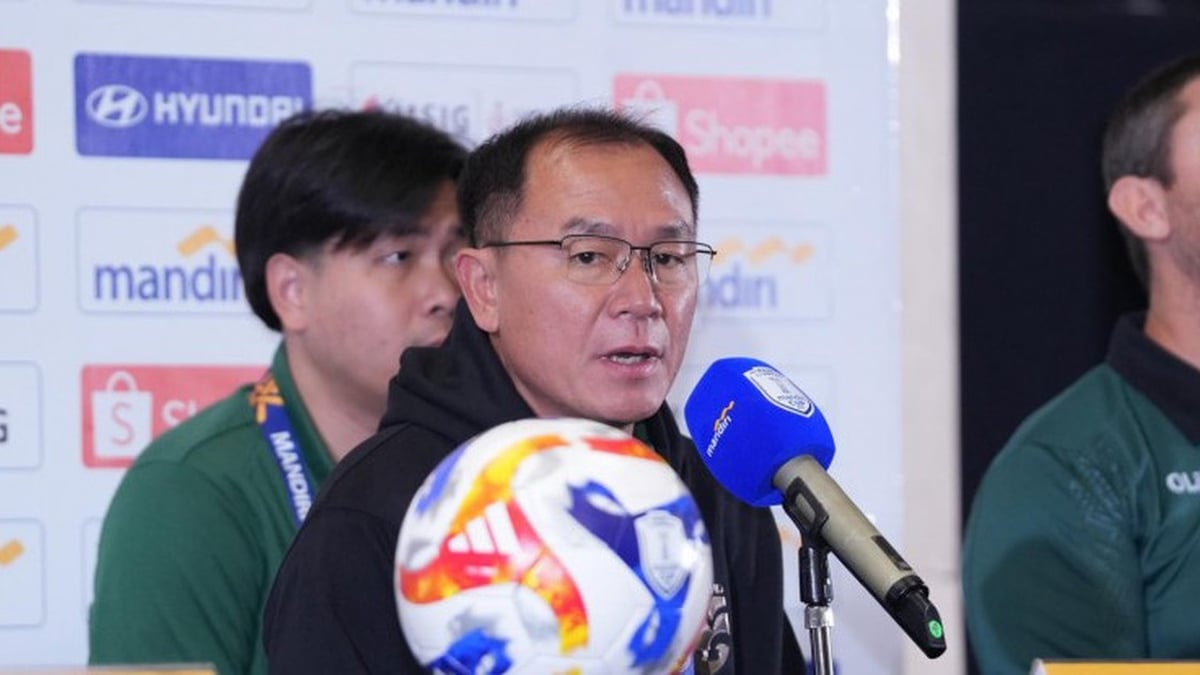

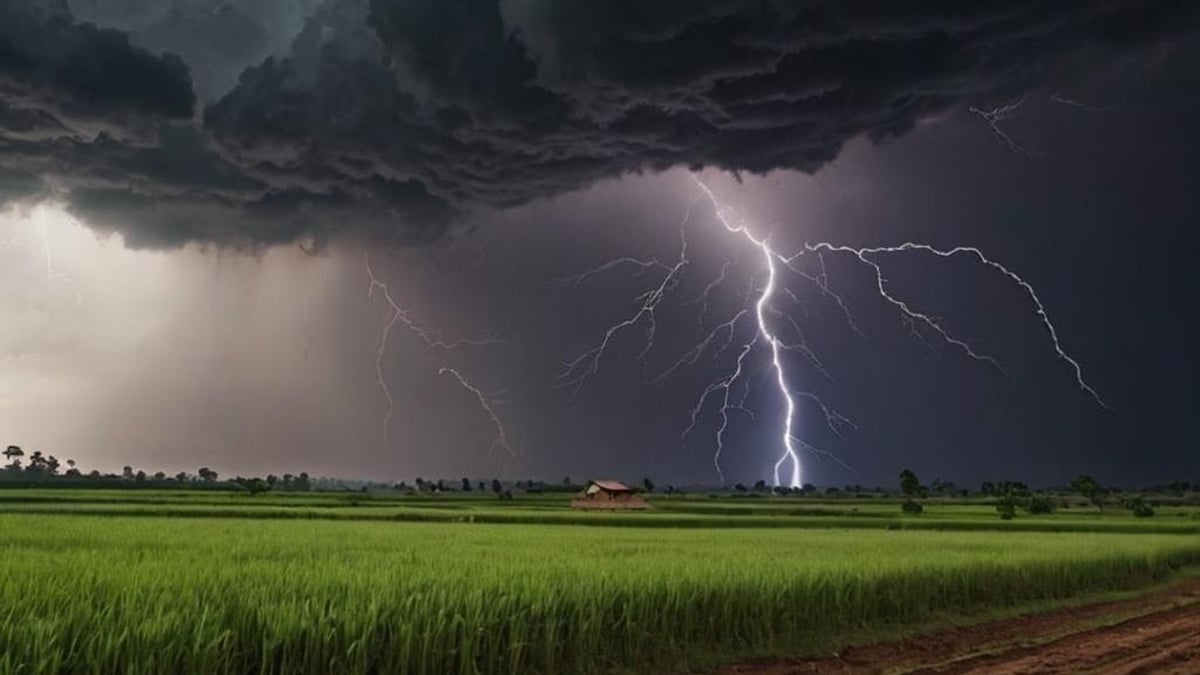

























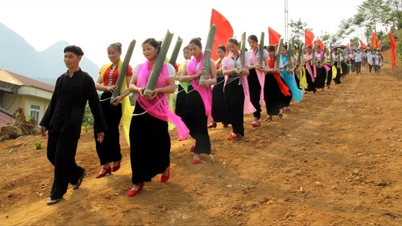


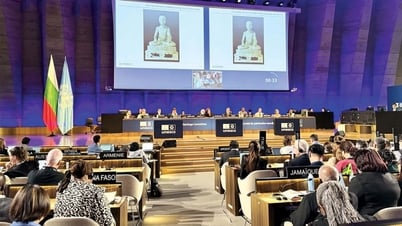

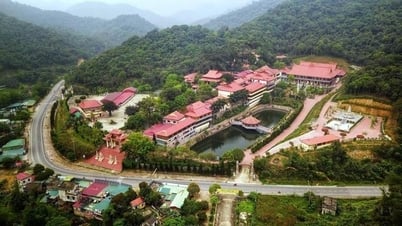




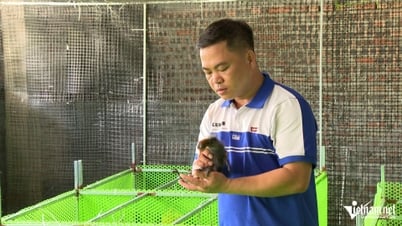

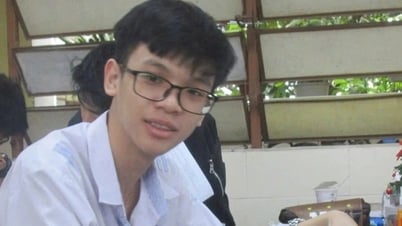
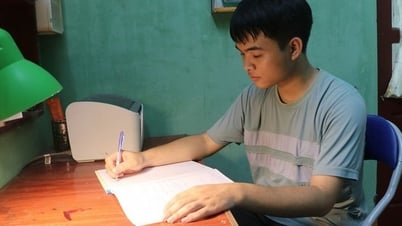

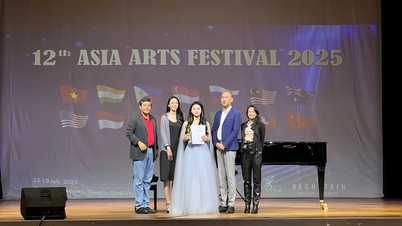








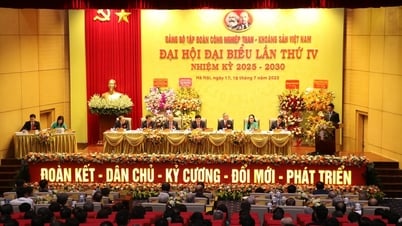
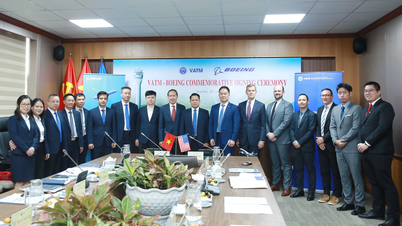





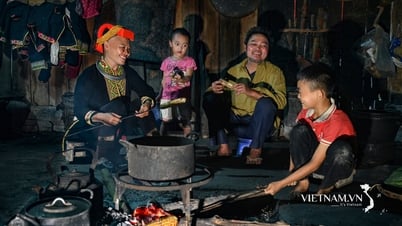
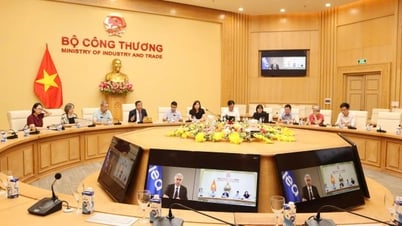

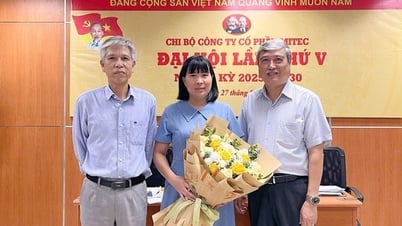


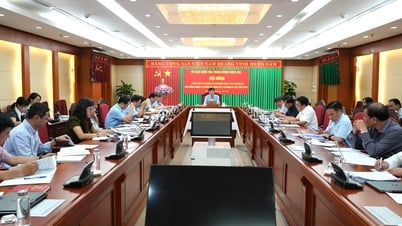


















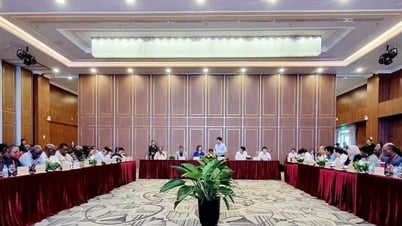

![[Infographic] In 2025, 47 products will achieve national OCOP](https://vphoto.vietnam.vn/thumb/402x226/vietnam/resource/IMAGE/2025/7/16/5d672398b0744db3ab920e05db8e5b7d)


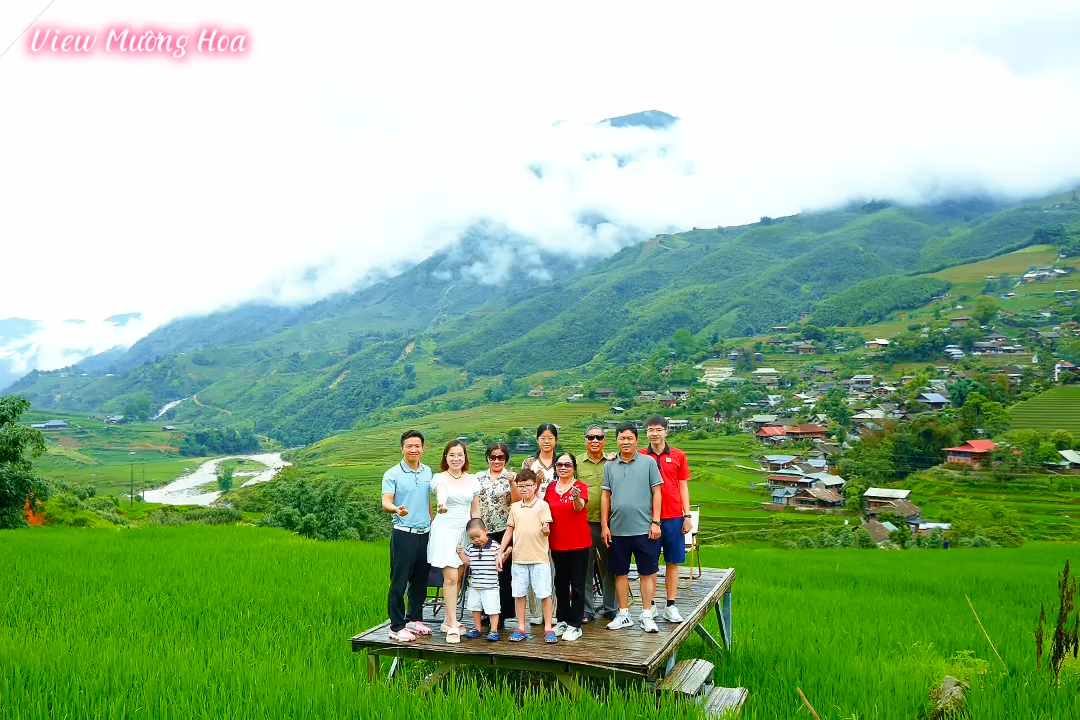
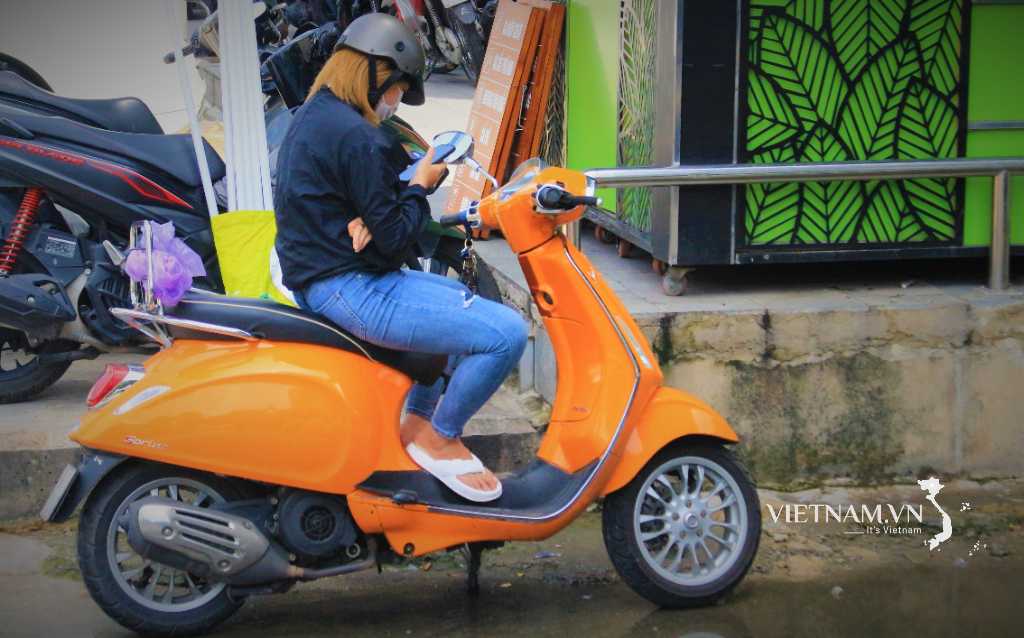

Comment (0)